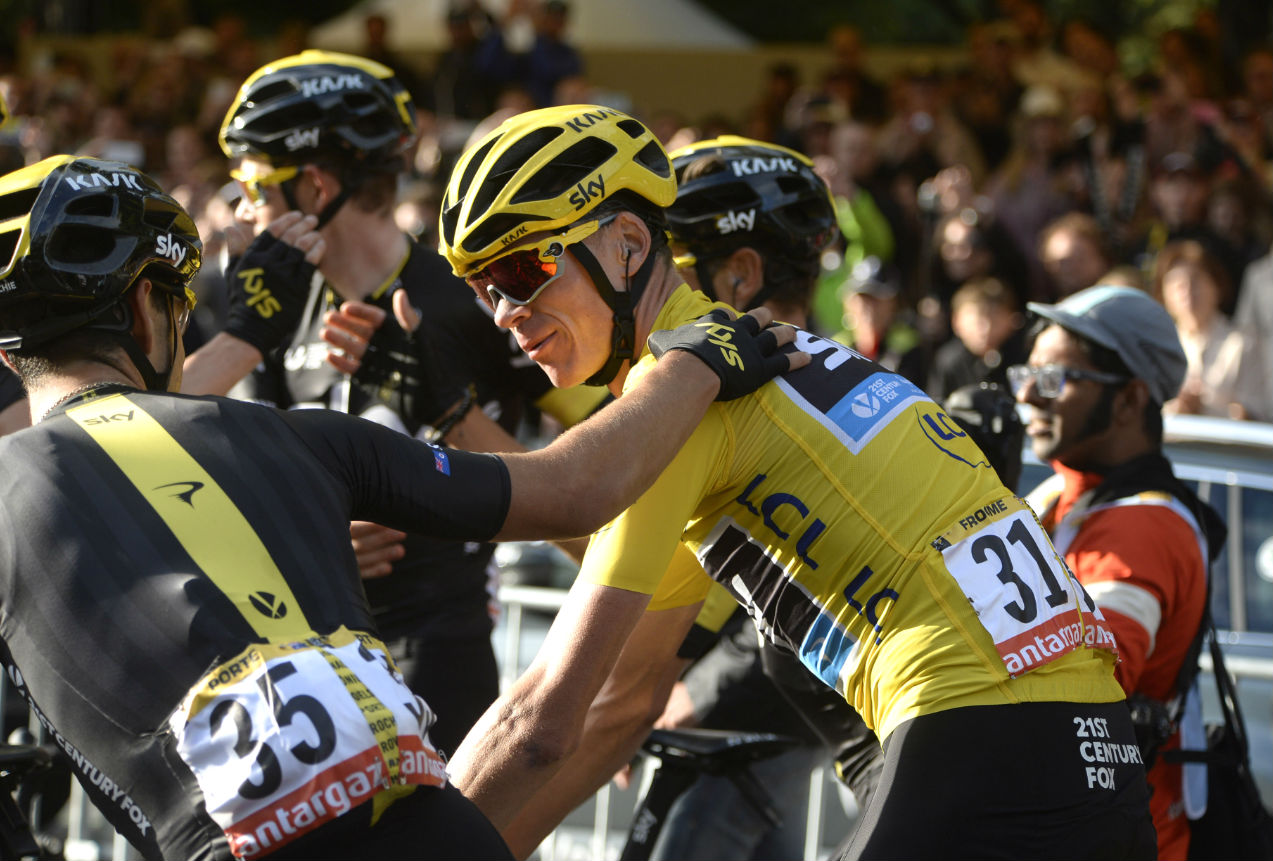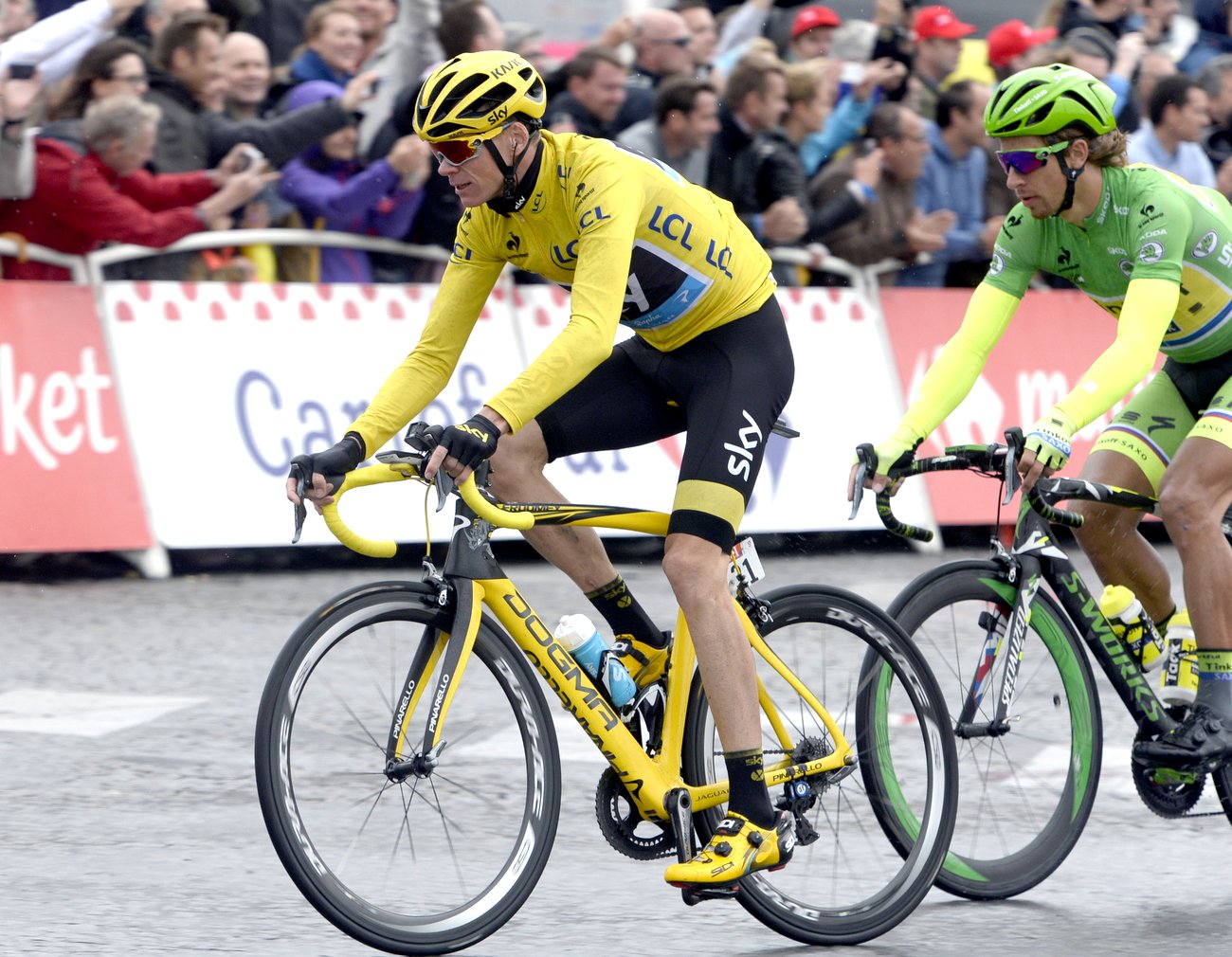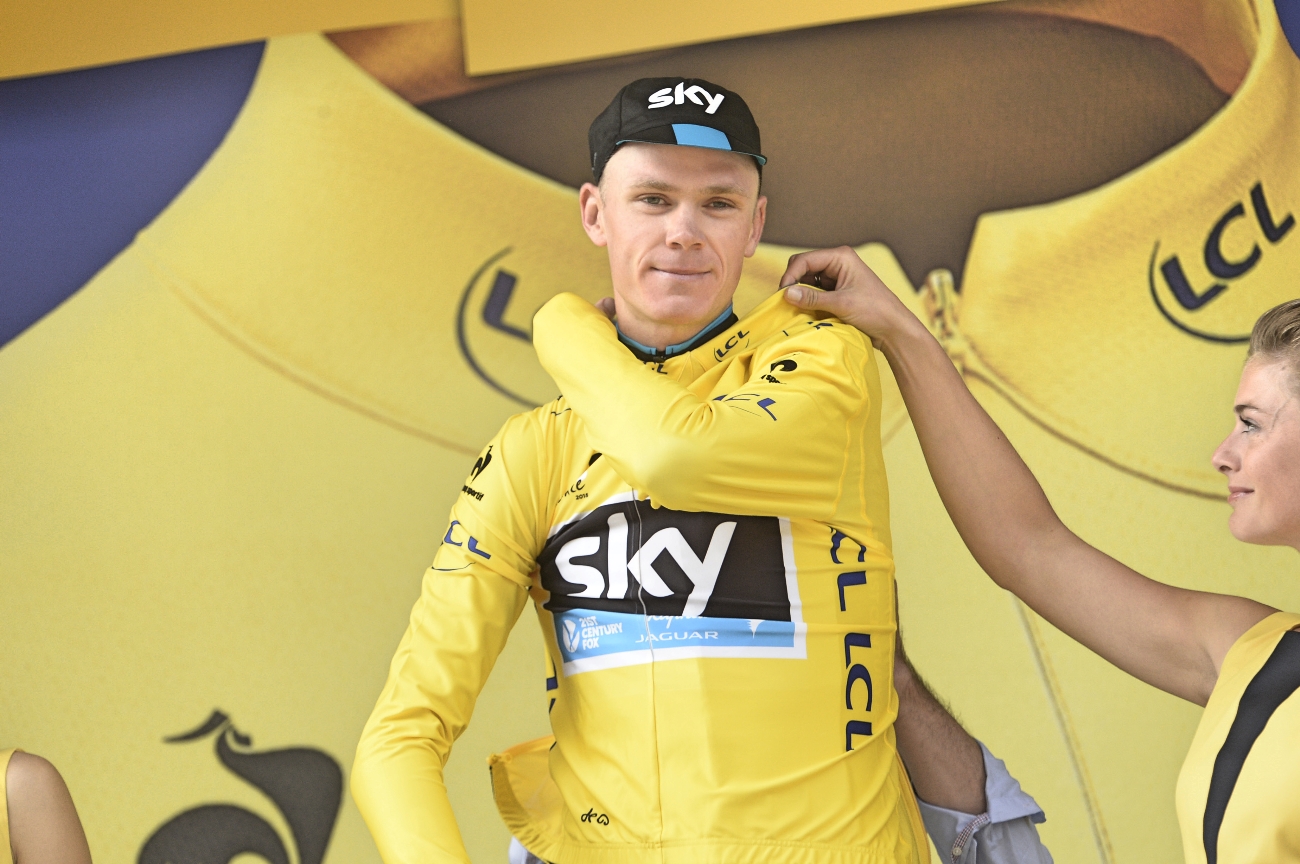Power meter
-

-
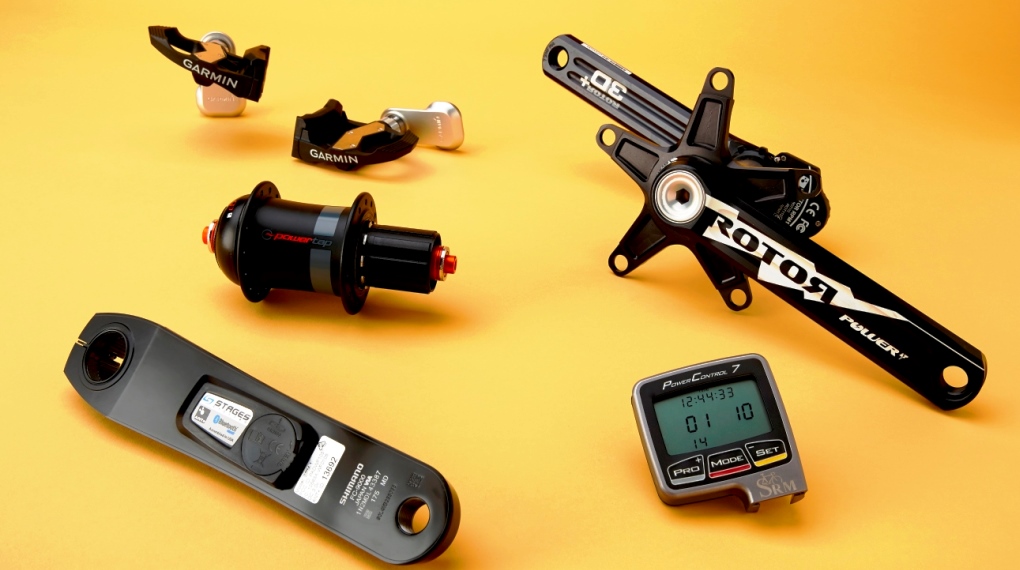
-

Heart rate monitors are still relevant in today's age, despite the rising popularity of power meters (Pic: Simon Wilkinson/SWPix.com)
-
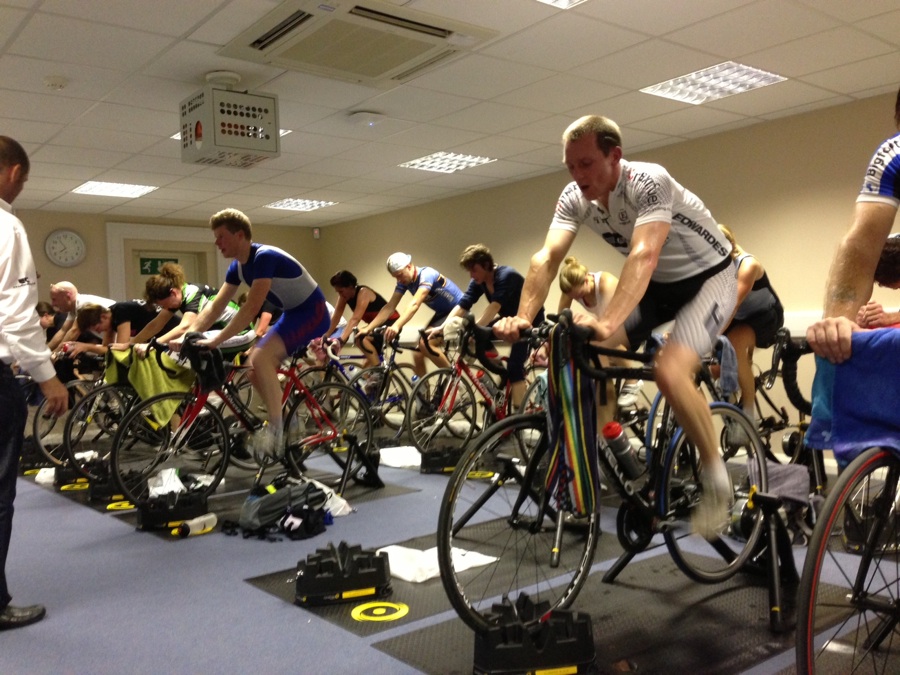
A Thursday night group turbo session at London's Elite Cycling
-

-

Power meter
Before you all shout at once: yes, we know that you don’t need a power meter to be a good cyclist. And yes, just because you have a power meter it doesn’t mean you are a good cyclist. But there’s a reason the vast majority of the pro peloton train with power – power meters are an extremely effective tool.
The beauty of power is it’s constant. One watt is one watt whether you’re riding uphill, downhill, into a headwind, with a tailwind, on a 15kg clunker or a 4.6kg superbike. Speed is highly variable, heart rate is variable and almost all other training metrics are subject to having their numbers being manipulated by external factors, but not power.
What that means is there’s no more guessing to how hard you’re working, it’s right there on the screen in front of you. You can figure out specific training zones and tailor your training to ensure you’re working on the areas in which you want to improve. Similarly, a power meter is a great tool for ensuring your easy days really are easy days. Recovery is one thing most amateur cyclists struggle with but the numbers on the screen don’t lie and if you’re recovery sessions says to stay under 200 watts during the ride, there’s no excuse for pushing hard.
Six things you need to know about training with power
Of course, you also need to know how to use a power meter, not just own one. Finding a coach is probably the best way to learn how to use your power meter properly but, failing that, a book like Hunter Allen and Dr Andrew Coggan’s Training and Racing With a Power Meter is a fantastic way to learning all you need to get going.
There are plenty of good reasons to train with power and, now you can pick up a power meter for the same price as a set of upgrade wheels (and prices will no doubt continue to fall over the next few years), if you’re serious about your training maybe it’s time to invest?

